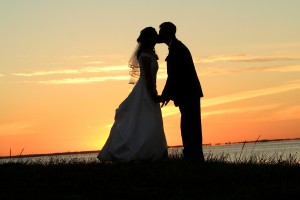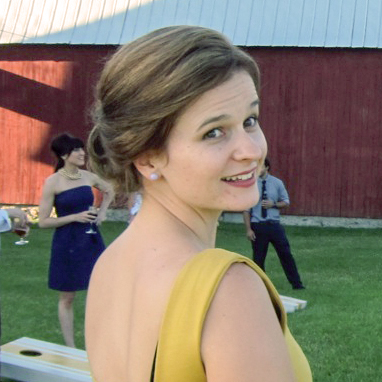So You’re Having a Spanish Wedding…
Posted on December 31st, 2013 by Samuel Max in Uncategorized | No Comments »
You’ve found the person of your dreams, fallen in love and now, you’re on your way to a traditional Spanish wedding. First, congratulations and best wishes for your life together; second, make sure you’re prepared for the customs associated with a Spanish wedding, you don’t want to get caught off guard or embarrassed on your big day right?
Of course not, so here to help you I’ve laid out some of the main differences between the weddings your most likely accustomed to, and those of the Spanish variety:
- It’s going to be a big affair, the extended family will be there, sometimes the rest of the village too, so be prepared to have a lot of eyes on you.
- It’s going to start late. This really just coincides with Spanish culture and the way they operate most social events. It stems from the heat in the middle of the day, so don’t expect the ceremony to start earlier than 7pm, to avoid the hot sun and to take the perfect pictures with the sunset — Don’t forget you’re likely to be going into the early morning.
- There is often the use of the ‘mantilla,’ somewhat similar to the wedding veil but much longer, sometimes reaching several feet behind the bride.
- It’s common for the bride and groom to exchange 13 coins, called ‘arras,’ that represent commitment and support of each other.
- In Spain, the wedding ring is known as the ‘alianza,’ meaning aliance, and it’s worn on the ring finger of the right hand, not the left.
- The ‘banquete de bodas’ — the wedding reception — is a little different, in that the bride and groom often travel between tables and guests to hand out ‘detalles,’ which are wedding favors. Men are most often given cigars or alcohol while women are gifted some of those common soap/perfume/bathroom additions.
- The reception is followed by the guests reciprocating the generosity with a gift of their own — money, and it’s usually placed in an envelope.
- There is a custom whereas the grooms closest friends will cut his tie into pieces and auction them off for good luck — So try to avoid the expensive ones.
- Orange is an important color for Spanish weddings, often there will be orange blossoms in the brides hair and in the bouquet. The orange blossom is a symbol of everlasting love and purity.
- Lastly, a Spanish wedding will not commonly include groomsmen, ushers, bridesmaids or flower girls; there are not the traditional speeches involved from the father of the bride, groom or best man — That doesn’t mean people are discouraged to speak, because they will…
 Something that might make your wedding seem even more traditional and Spanish, is if it is all in Spanish! Makes sense right? Of course for this to happen you’d need to be rather well versed in the subject, but we can help with that — Take some classes to take your Spanish up a level, or send us an inquiry and we’ll get right back in touch!
Something that might make your wedding seem even more traditional and Spanish, is if it is all in Spanish! Makes sense right? Of course for this to happen you’d need to be rather well versed in the subject, but we can help with that — Take some classes to take your Spanish up a level, or send us an inquiry and we’ll get right back in touch!





